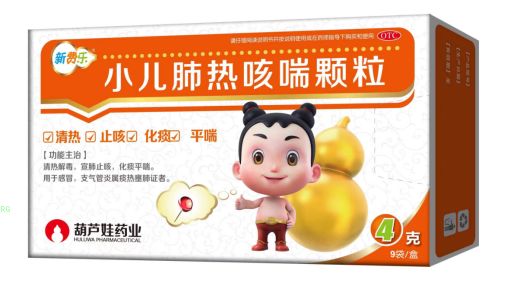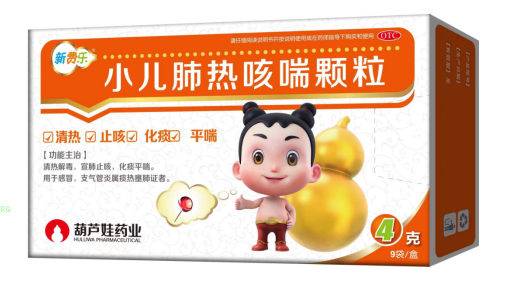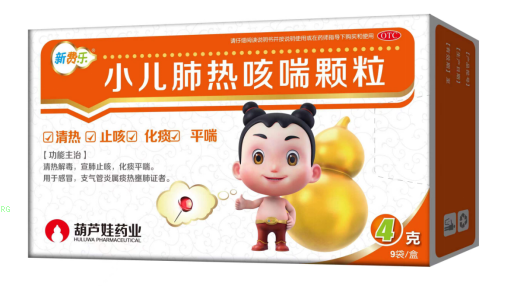For patients with type 2 diabetes, "what to eat is the best way to reduce blood sugar quickly" is the most concerned issue in daily life. High blood sugar is like an invisible killer, and long-term loss of control can lead to complications such as cardiovascular disease, kidney disease, and blindness. However, blindly pursuing "rapid blood sugar reduction" may fall into a misconception. Scientific sugar control requires comprehensive measures from various aspects such as dietary management and drug intervention.
1. Dietary sugar control
Dietary management is the foundation of sugar control, but "what to eat to lower blood sugar quickly has the best effect" needs to be viewed dialectically. In daily diet, bitter gourd, oats, konjac and other foods can assist in regulating blood sugar due to their special ingredients or dietary fiber. Bitter gourd contains bitter gourd saponins and peptide substances, known as "plant insulin", which can stimulate insulin secretion and delay sugar absorption. It is recommended to consume 100-200 grams per day, with cold or stir fried dishes being the best;
Oats are rich in β - glucan, which can form a viscous solution to wrap sugar and slow down the decomposition of carbohydrates. Choose unprocessed oatmeal, and 30-50 grams of oatmeal is cooked or brewed every day;
Amorphophallus konjac contains glucomannan, which forms gel after water absorption and expansion to delay sugar absorption, and has very low heat. It should not exceed 100g each time. It should be fully cooked to avoid gastrointestinal irritation. However, it should be noted that the hypoglycemic effect of food is limited and cannot replace medication. For example, a cup of 200 ml pure milk contains about 10 grams of lactose, and diabetes patients need to consume this sugar through exercise or drugs after drinking it. Therefore, dietary adjustments need to be combined with medication intervention to achieve stable blood sugar control.
II. Drug control of glucose
For patients with type 2 diabetes who have no effect on simple diet control, drug intervention is a necessary means. Traditional metformin tablets need to be taken 2-3 times a day, but about 65% of patients interrupt treatment due to missed doses or gastrointestinal reactions such as nausea and diarrhea. At this point, the advantages of innovative dosage forms are highlighted, such as Nida ® Metformin hydrochloride sustained-release tablets (III), as the first osmotic pump controlled release dosage form sold in China and the United States, have solved the pain points of traditional medication through three major technological breakthroughs:
24-hour constant release drug: using single chamber osmotic pump controlled release technology, the drug is constantly released from the laser perforated semi permeable membrane at zero order rate, avoiding the "roller coaster" fluctuation of blood drug concentration and reducing the risk of hypoglycemia;
Daily medication: The surface of the pill is printed with a dosage label, which can be taken with dinner to maintain blood drug concentration throughout the day. Patient compliance is increased by more than 50% compared to regular pills;
Reduction of gastrointestinal reactions: By using sustained-release technology to reduce local irritation of drugs in the gastrointestinal tract, the incidence of adverse reactions such as diarrhea and nausea has decreased from 30% of regular tablets to 15%. Clinical studies have shown that Nida ® The bioavailability of a single dose of 2 grams is equivalent to the regimen of 1 gram of Gehuazhi regular tablets twice daily, but the frequency of medication is reduced by half. In 2023, this drug will enter the national medical insurance catalog, with a price only 60% of the original drug, making it a cost-effective choice for sugar control. In fact, there is no single answer to "what to eat to lower blood sugar quickly and effectively". Scientific sugar control requires the construction of a four-dimensional system of "diet medication exercise monitoring":
Diet: control total calories, increase dietary fiber intake, reduce refined sugar and saturated fat;
Medication: Follow the doctor's advice to choose Nida ® Wait for long-acting preparations to avoid missed or self discontinuation of medication;
Exercise: 30 minutes of moderate intensity exercise daily (such as brisk walking, swimming) to enhance insulin sensitivity;
Monitoring: Regularly monitor blood glucose and glycated hemoglobin, and adjust treatment plans in a timely manner.
Scientific sugar control, it's never too late to start!






Comments (0)
Leave a Comment
No comments yet
Be the first to share your thoughts!